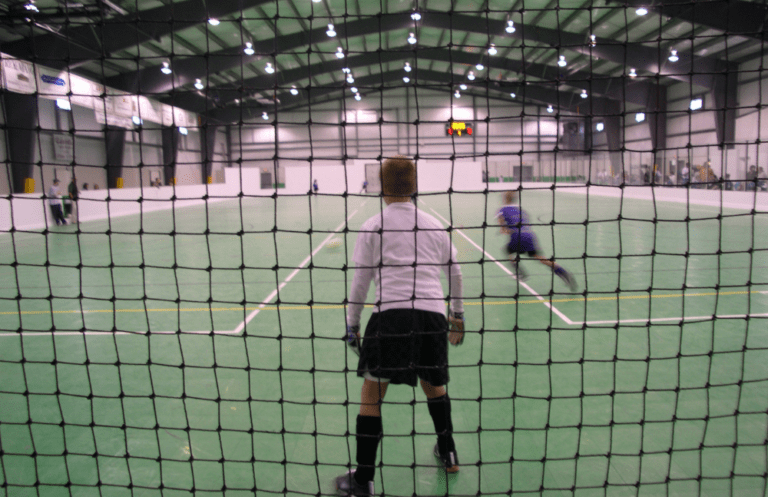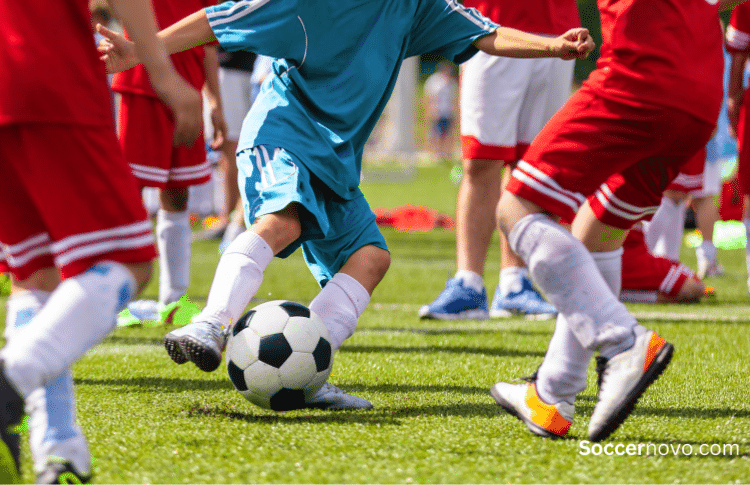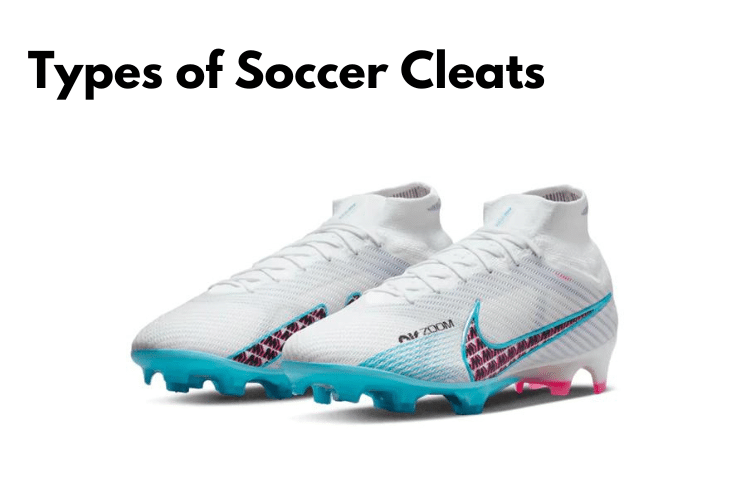How To Break in Soccer Cleats Quickly

Getting new soccer cleats is like a breath of fresh air. From the moment the box is opened to stepping on the field for the first time, the feeling can be quite magical!
But on many occasions, reality sets in and a player realizes that the cleats still need to be broken in. Although a player may want to rush to start playing soccer, it’s sometimes best to hold off until they are broken in.
Key Takeaways From This Article:
- Some players may not need to break in their cleats. They just might be ready to go out-of-the-box.
- Depending on the material, some cleats require more time to be broken in.
- Breaking in
soccer cleats can help your game and avoid foot injuries. - There’s a way to break in cleats fast. We explain it below.
The reality is that most leather
Breaking in new
It is pretty simple to break into soccer shoes. In this article, we’ll address how to break in soccer cleats so a player can perform at their best.
How To Break in Soccer Cleats Fast
A few easy steps are involved to break in new
You’ll need the following materials:
- A large bucket
- Warm/hot water
- A towel or rag
- Vaseline (or Petroleum Jelly) – optional but useful
Here’s the proper way to warm up your brand-new soccer shoes:
1) Fill a Bucket with Warm/hot Water
First, get a bucket and fill it with warm-to-hot water. If you don’t have a bucket, use any other container deep enough to cover your cleats. If you don’t have any other storage options, you can use a bathtub.
If you want to remove the adhesive from your
2) Soak the Soccer Cleats After Lacing Them
Put on the socks you usually play in and then slip on the cleats and lace them up.
Proceed to put your feet in the water. When the cleats are underwater, take 20 minutes to massage the sidewalls to help any trapped air escape.
By following these steps, the cleats should better fit your feet. After you see no more air bubbles rising to the surface, it’s time to remove your feet from the water and continue on to the next step.
Ensure you have a larger towel prepared and ready to go before proceeding to this step.
In the next step, you’ll discover why this is necessary.
3) Apply Some Vaseline (Optional)
Put the towel down and remove the soccer shoes while damp. Put the cleats down on the towel, and use a different one to dry your feet.
Get some Vaseline and smear it all over your foot and the outside of your shoes. It’s essential to massage the material and then remove any residue left behind with a damp cloth.
This process will make the
It prevents the leather from cracking and provides a noticeable boost in movement and flexibility.
4) Stretch the Cleats
Your new
However, you still have to wear them—expert advice: Take them outside if you don’t want a mess inside.
When you get to a place you won’t feel bad about damaging, slip on your
Put on your cleats as you normally would and set out for a walk. You must begin moving even if they are wet and it feels uncomfortable.
Start strolling around the yard in your new
After 30 minutes, proceed to step 5.
5) Air Dry Your Soccer Cleats
Air dry your new
To dry the inside faster, crumple up some newspaper and stick it inside your cleats overnight.
You may think that letting your shoes dry in the sun or near a heat source would help speed up the process, but you should avoid doing this at all costs. Heat and intense sunshine both have the potential to dry out the leather and produce cracks.
6) It’s Practice Time!

The last part of preparing new
To break in brand-new cleats correctly, you should use them for at least 20-30 minutes each day over the course of a week.
In addition to the soccer field, wearing them at home can help break them in even more.
Final Thoughts
Breaking in
By following the tips and techniques outlined in this article, players can effectively break in their cleats and ensure maximum comfort and performance.
It is important to remember that breaking in cleats is a gradual process, and rushing it can lead to blisters and other foot injuries.
With patience, persistence, and proper care, players can break in their
Frequently Asked Questions About Soccer Cleats
Should my soccer cleats be tight?
Soccer cleats should feel comfortable and not too tight. Cleats that are too tight can cause long-term damage. Sesamoiditis, an inflammation or rupture of the two tiny bones beneath the first metatarsal, and neuromas, painful enlarged benign growths of nerves between the toes, are just two examples of the many possible issues that can arise in this area.
Can you stretch synthetic soccer cleats?
Synthetic soccer cleats do not stretch as easily or as quickly as leather cleats.
Also, the level of flexibility will depend on the type of synthetic material used. Low-cost soccer cleats typically have less flexibility.
Do pro soccer players break in soccer cleats?
Yes, professional soccer players typically wear brand-new cleats for each game they play in. So, they need to break the cleats in before playing. My guess is that they have someone doing it for them.
Does breaking the soccer cleats make them last longer?
Breaking the soccer cleats won’t necessarily increase the lifespan of the cleat, but it may make them more comfortable for players to play in.
Do I have to break in my soccer cleats?
No, breaking your cleats in isn’t a requirement. You can wear them out of the box and they will naturally break in over time.

Written By: Beau Bridges
Beau is the founder of SoccerNovo, dedicated to helping players and parents navigate the youth soccer landscape. As a former youth coach and soccer parent, he shares insights on player development, recruiting, and the ever-evolving soccer scene in the U.S.
Let’s connect




